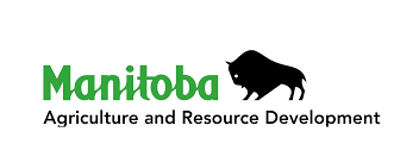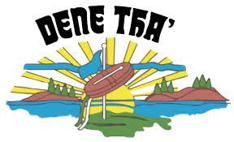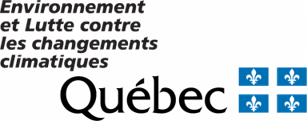Title: Can-Peat Sub-Project - Determining Potential for Restoration & Reclamation To Mitigate GHG from Disturbed Peatlands
Citation: unpublished dataset . Project URL: https://localcontextshub.org/projects/8ce3296f-e18d-411c-9d63-e7e44e784a37
Study Site: Lower Athabasca, Alberta, Canada
Purpose: Across Canada, and internationally, peatlands are subject to significant human disturbances, such as agricultural drainage, forestry drainage, peat extraction, and oil sands mining, which may convert them into a significant carbon source, thus jeopardized their climate mitigation function. To counteract the negative effects of human disturbances, the affected peatlands have been restored or reclaimed to retain or reinstate their ecosystem function of carbon sink or climate mitigation. In Canada, there now exists many experimental sites for peatland restoration and reclamation, where different approaches of measurement have been applied, such as biomass accumulation, static chamber, and eddy-covariance, to determine their carbon and greenhouse gas function. However, no efforts have been undertaken to evaluate the efficiency and effectiveness of peatland restoration and reclamation in terms of regaining its carbon sink function at the national level, due to a lack of a systematic compilation of the dataset. Further, it remains unclear what constitutes the best management practice for restoration in terms of maintaining and regaining the carbon sink function of the disturbed peatlands, and how these restored and reclaimed peatlands would function in the future under the context of climate change, such as warmer and drier conditions and elevated nutrient depositions. To address these issues, peatland ecosystem models need to be evaluated against the measured data from these experimental sites.
Abstract: Across Canada, and internationally, peatlands are subject to significant human disturbances, such as agricultural drainage, forestry drainage, peat extraction, and oil sands mining, which may convert them into a significant carbon source, thus jeopardized their climate mitigation function. To counteract the negative effects of human disturbances, the affected peatlands have been restored or reclaimed to retain or reinstate their ecosystem function of carbon sink or climate mitigation. In Canada, there now exists many experimental sites for peatland restoration and reclamation, where different approaches of measurement have been applied, such as biomass accumulation, static chamber, and eddy-covariance, to determine their carbon and greenhouse gas function. However, no efforts have been undertaken to evaluate the efficiency and effectiveness of peatland restoration and reclamation in terms of regaining its carbon sink function at the national level, due to a lack of a systematic compilation of the dataset. Further, it remains unclear what constitutes the best management practice for restoration in terms of maintaining and regaining the carbon sink function of the disturbed peatlands, and how these restored and reclaimed peatlands would function in the future under the context of climate change, such as warmer and drier conditions and elevated nutrient depositions. To address these issues, peatland ecosystem models need to be evaluated against the measured data from these experimental sites.
Supplemental Information Summary: Supplemenatry
Research: Can-Peat
Further Info: unpublished
Status: Planned
Keywords:
carbon dioxide,
methane,
vegetation,
reclamation/restoration,
land-use,
Geographical coordinates: North: 55.294, South: 46.747 East: -68.0 West: -114.884
Bounding Temporal Extent: Start Date: 1999-05-01, End
Date: 2024-08-31













